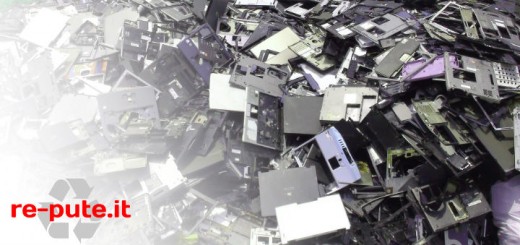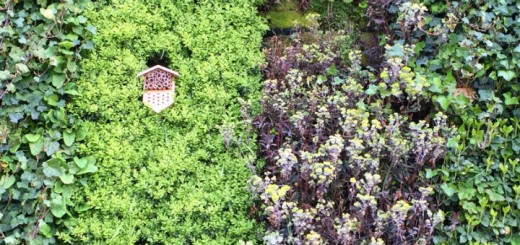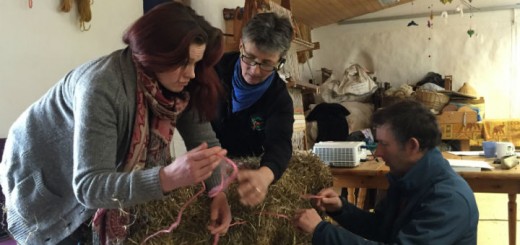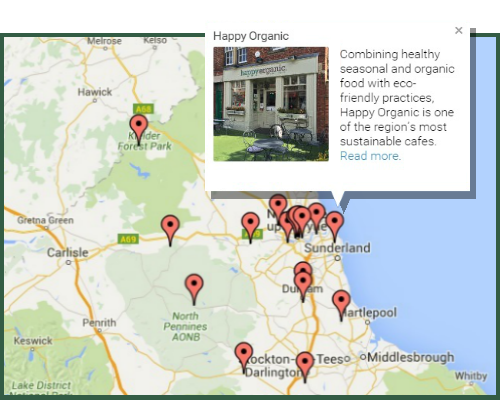There Is No Away
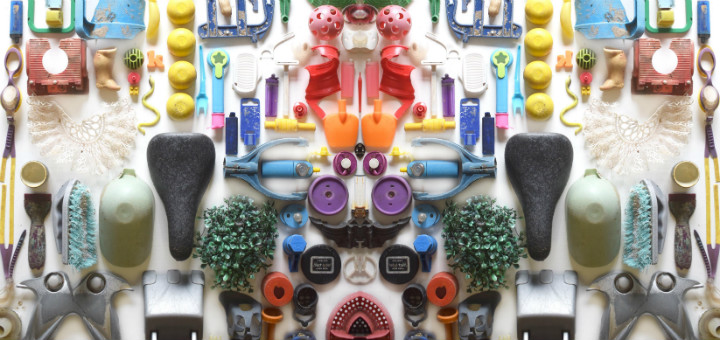
A new art exhibition in Hartlepool confronts viewers with the problem of single use plastics and shows how pervasive they have become.
Environmental artist Diane Watson has been walking her dogs on beaches at Hartlepool and County Durham for years. She’s become increasingly concerned by the volume of plastic waste to be found. In her latest exhibition, she confronts her audience with the scale of the problem. With the opening last weekend, I took the train to Hartlepool to meet her and view the appropriately titled exhibition, ‘There Is No Away.’

Throughout 2018, Diane collected and catalogued every piece of plastic found during her daily walks at four North East beaches. Each month, she photographed her collections and transformed them into large kaleidoscopic prints, each over 2 metres tall. They record the variety of plastic waste throughout the year, a snapshot of the 7,000 items she found overall. A series of display cases then present the most common offenders as well as some of her more unusual finds.
“My collection of more than 7000 items has come from just four of miles of beaches in one year but it is a mere fraction of what is out there. It’s estimated that 8 million tonnes of plastic a year is dumped into the sea and by 2050 there will be more plastic than fish. Rather than leaving it there forever, I thought I would turn it into something beautiful.”
Diane Watson
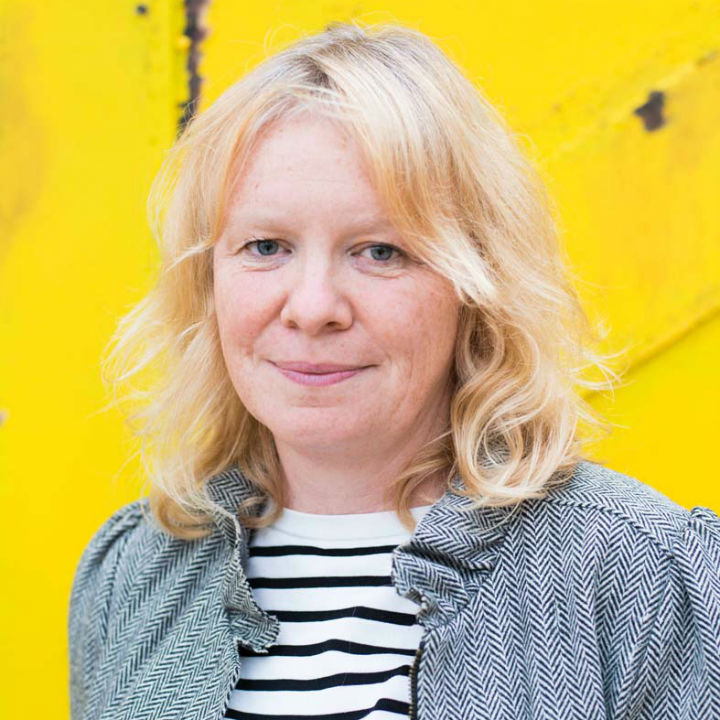
I asked Diane which items were most surprising and she replied that all of it was shocking. None of it should be there. Chip forks, shotgun cartridges, bottle caps, lighters, cotton buds, combs, razors, have all been found in abundance by Diane. She investigates unusual items and has added a dental mould, a catheter and plastic bottles dating back to the 1960s to her catalogue. I was struck by how much of the plastic waste is obviously litter, left behind by supposed beach lovers. Children’s toys begin to appear in April and flip flops reach their peak in June. It’s easy to see plastic waste as predominantly a problem of the developing world, but this is rubbish being dumped by people on their own doorstep. I asked Diane which items were most surprising and she replied that all of it was shocking. None of it should be there.
Diane has made changes to her own life as a result of her project. She avoids plastic bottles wherever she can, even finding a milkman to deliver her milk in glass bottles. A life without plastic isn’t easy, but by drawing attention to the problem Diane hopes to bring the challenge of single use plastics to the forefront of people’s attention.
“The aim of my work is to confront the viewer to the scale of the problem of single use plastics, identifying the ubiquitous throw-away items I find and challenge audiences to rethink their relationship with plastics.”
Diane Watson
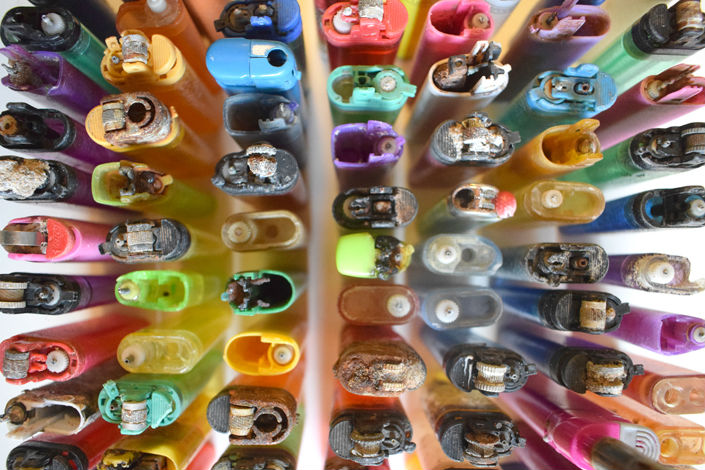
Plastics are cheap to produce, and remarkably useful, so it’s no wonder that they’ve become central to our modern lives. However, this exhibition reinforces how pervasive and persistent they are in our environment. We must develop a healthier relationship with plastic. ‘There Is No Away’ is at Hartlepool Art Gallery until 25th May 2019.



